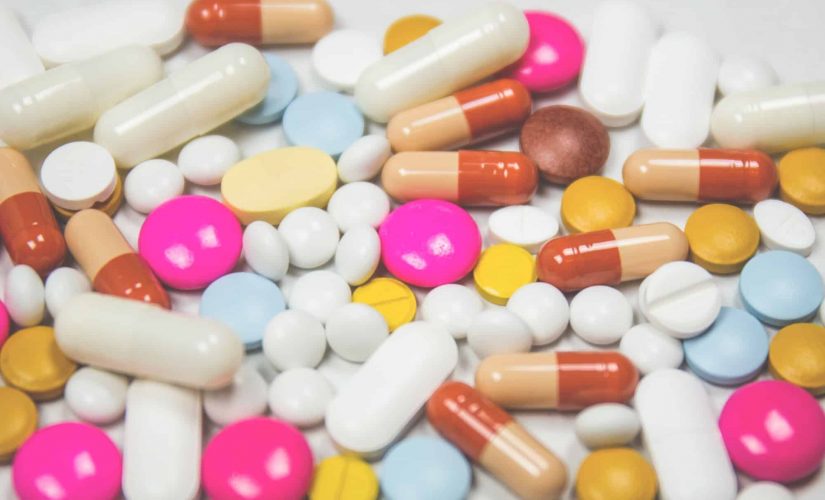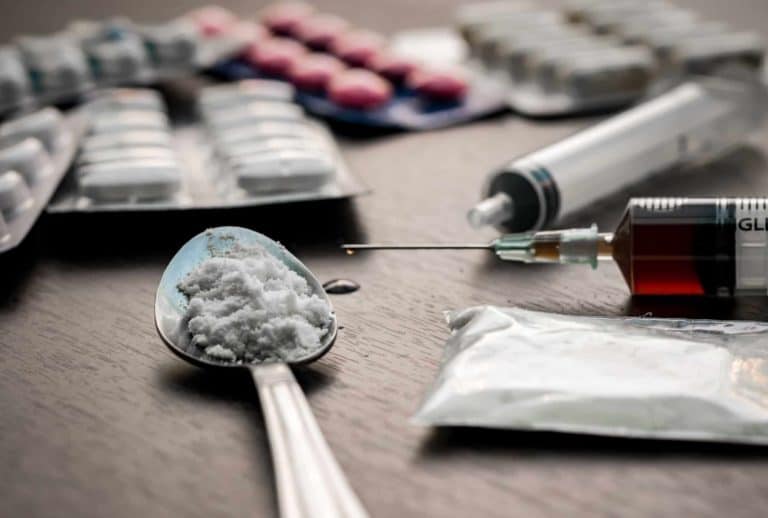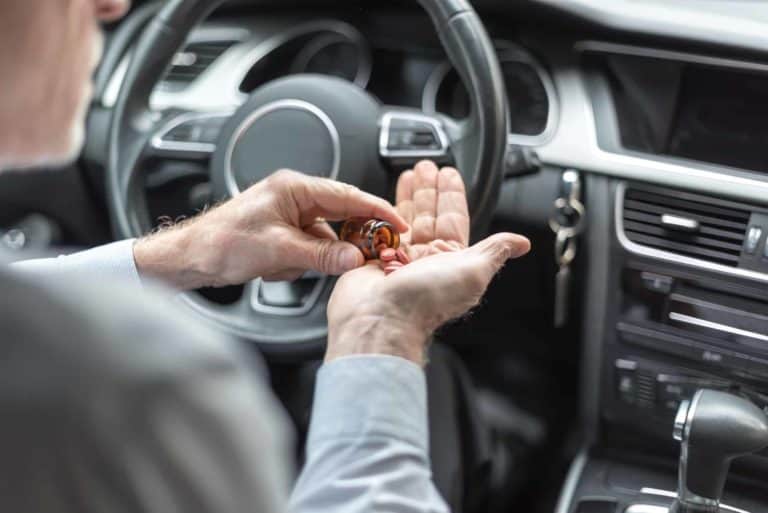
Drug testing looks for traces of drugs in the body using samples of urine, breath, hair, saliva, or sweat.
Drug tests detect whether you are under the influence of alcohol or whether you have taken drugs recently. There are various methods of drug testing including urine, blood, breath, hair, saliva and sweat. Hair and sweat testing are generally not used in Australia1.
Testing may be used by a range of organisations including:
Drug tests can’t tell exactly how much of a drug was used or exactly when it was used. Drug tests also don’t measure impairment, apart from alcohol breath testing. There is strong evidence to support the position that a blood alcohol content (BAC) of .05 or higher indicates impairment1.
Laboratory testing is necessary to confirm any positive test to Australian standards8 and is generally more accurate than ‘point-of-collection testing’ (POCT), but it’s not always exact. POCT devices provide more timely results, but laboratory analysis can better differentiate illicit from prescription drug use1.
Drugs are metabolised (processed) by people differently. Results of drug tests are always unique to the person who was tested. This means that two people could take the same amount of a drug, at the same time, and have the same type of drug test, but have different test results. Some factors that affect how long a drug stays in the body are:
What they test for: Alcohol
Method/process: Blow into a hand held device.
Used by: Police, workplaces.
Detection time after last use: It takes approximately 1 hour for the body to break down each standard drink2.
What they test for: Can test for all prescription and illicit drugs, including some forms of synthetic cannabis. Tests can be modified to detect particular substances.
Method/process: Urinate into a container. The urine will be tested using a dipstick. If the test is positive the urine sample will be sent to a laboratory for more testing.
Used by: Workplaces, drug treatment centres, sporting bodies.
Detection time after last use: Cannabis up to 10 days (infrequent use) or 30 days or longer (frequent use), opiates 2 to 4 days, amphetamines 2 to 5 days, cocaine 2 to 3 days, benzodiazepines up to 2 weeks1.
What they test for: Can test for all illicit and prescription drugs. Tests can be modified to detect particular substances. Sometimes used instead of or to confirm a breath test for alcohol.
Method/process: A blood sample will be taken from a finger prick, or from a vein in the arm or hand, using a needle. The blood sample will be tested by a laboratory.
Used by: Police, drug treatment centres, sporting bodies.
Detection time after last use: Cannabis 20 to 36 hours, amphetamines 4 to 8 hours, cocaine 40 to 90 minutes, Xanax® 6 to 20 hours3.
What they test for: Can test for use of cannabis, methamphetamines, MDMA (ecstasy), cocaine, opiates and some benzodiazepines.
Method/process: An absorbent collector is put in the mouth or on the tongue.
Used by: Police, workplaces.
Detection time after last use: Cannabis several hours after last use and is dependent upon the potency, amount used and the individual’s metabolism, methamphetamines approximately 24 hours, MDMA (ecstasy) approximately 24 hours1. Opiates approximately 0-3 days.10 Detection time for benzodiazepines is currently unknown.
What they test for: Can test for all illicit drug use and some prescription drugs.
Method/process: Approximately 40 to 50 strands of hair will be cut from the scalp line at the crown of the head. The hair sample will be tested by a laboratory.
Used by: Sporting bodies, justice settings.
Detection time after last use: Can detect past use up to a few months, and can therefore test for chronic use1.

The NSW economy is bustling and the construction industry is a major contributor to the

Hayden Workplace Testing is very proud to offer you a large range of services to

This article was posted by the Alcohol and Drug Foundation 24/08/16. Heroin deaths spike as

1/3 Hunter drivers test positive for drugs Police are concerned about the staggering amount of